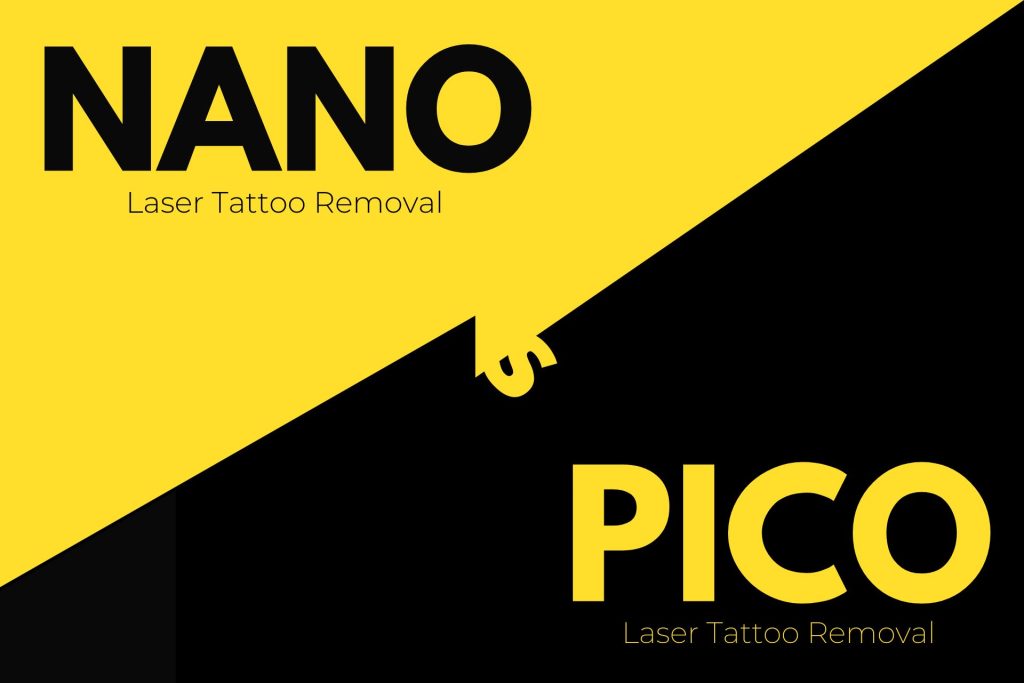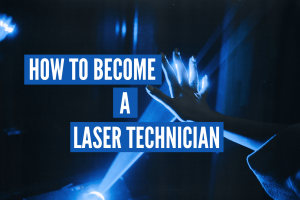
A nano laser, or a Q-switched laser is also called ultra-short-pulsed laser as they emit light at about 0.000000005 second. It has been relied upon for very long for the purpose of removing tattoos. A picosecond/pico laser on the other hand emits light at even shorter duration that is, at 1/10 of the duration of nanosecond laser. In the year 2012, Pico laser was approved by Food and Drug Administration (FDA) for the first time in the United States. Pico laser technology is believed to be discovered and brought into the medical/aesthetic field because Nano lasers still have trouble confining the heat, sometimes causing damage to the skin trying to target smaller particles.
Nano Laser Technology
The earlier technologies tested for laser tattoo removal caused non-specific tissue destruction, thus increasing risk factor and scarring possibilities. The nano laser, on the contrary, allowed for safe and selective removal of pigmented regions of the skin. The working of this technology is based on photothermal damage. It operates in milliseconds (0.001 sec) and microseconds (0.000001 sec) domain and is effective in removing natural body pigmented or inked areas, thus making it a dominant technology.
Nano Laser Wavelengths
Nano laser technology feature wavelengths up to 1064 nm and its pulse energy reaches 1000 µJ, which results in extreme heat and cavitation. Lasers use different wavelengths to remove different colors. Nano laser technology feature wavelengths 532 nm for clearing warmer colors like red, yellow, orange and brown ink tattoos and, 1064 nm for clearing darker ink such as black, blue or green.
Pros of Nano Laser
Some advantages of nano laser technology –
- Works very well for removing dark tattoos and when the ink particles are larger.
- Its larger spot size works well for two things – a) faster treatment, and b) better results due to deeper ink removal treatment.
Cons of Nano Laser
Some disadvantages of nano laser technology –
- Not as effective in the finishing stages of tattoo removal process.
- Slightly painful.
- Takes more post treatment downtime.
Pico Laser Technology
Pico laser technology is a latest advancement in laser technology. The pico laser machines use pressure-wave technology to break down ink into very small particles that can be discarded by the body naturally. Its pulse duration is less than 1 nanosecond which thus causes photoacoustic damage rather than photothermal damage, resulting in reduced risk of scarring and discoloration. To know more about Pico Laser Tattoo Removal in detail, click here.
Pico Laser Wavelengths
Pico laser technology feature wavelengths of 755 nm for green and blue ink, 532 nm for red, yellow and orange ink and 1064 nm for black ink, and for tattoo removal on darker skin. This technology delivers high energy in the range of 300 – 750 ps (1ps = 1 trillionth of one second).
Pros of Pico Laser
Some advantages that come with pico laser –
- Less painful as it uses shockwave energy rather than heat.
- Lesser post treatment downtime.
- Good for finishing stages of tattoo removal process.
- Breaks down ink faster, resulting in fewer treatments/sessions.
Cons of Pico Laser
Some disadvantages that come with pico laser –
- Costlier than traditional laser treatments.
- Due to smaller spot size, treatments last for longer durations.
- Not a very good choice for initial stages for removal of bigger tattoos or bigger ink particles.
Is Pico Laser better than Nano Laser?

Both Nano and Pico lasers are effective in removing ink particles by destroying them. However, laser energy of Nano or Q-switched lasers can sometimes not constrict the heat within a particular lesion, and the surrounding skin gets affected, as the ink particles are at times very fine or small. Whereas, a Pico laser has more peak power and can target smaller and finer inked skin areas without damaging the surrounding tissue.
Redness, scarring, blisters and pigmentation are common side effects for all laser tattoo removal. But, with Pico laser technology there are fewer to no side effects.
Verdict
Many skin experts and researchers have found improved results by using nano and pico lasers in a complementary manner, rather than trying to figure which one is better. Experts and practitioners offering tattoo removal or cosmetic treatments take many factors into consideration before choosing the best technology. Their aim is mostly to provide fast, comfortable and effective treatments which pose no threats to the skin.




